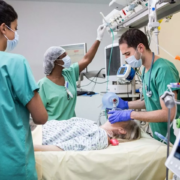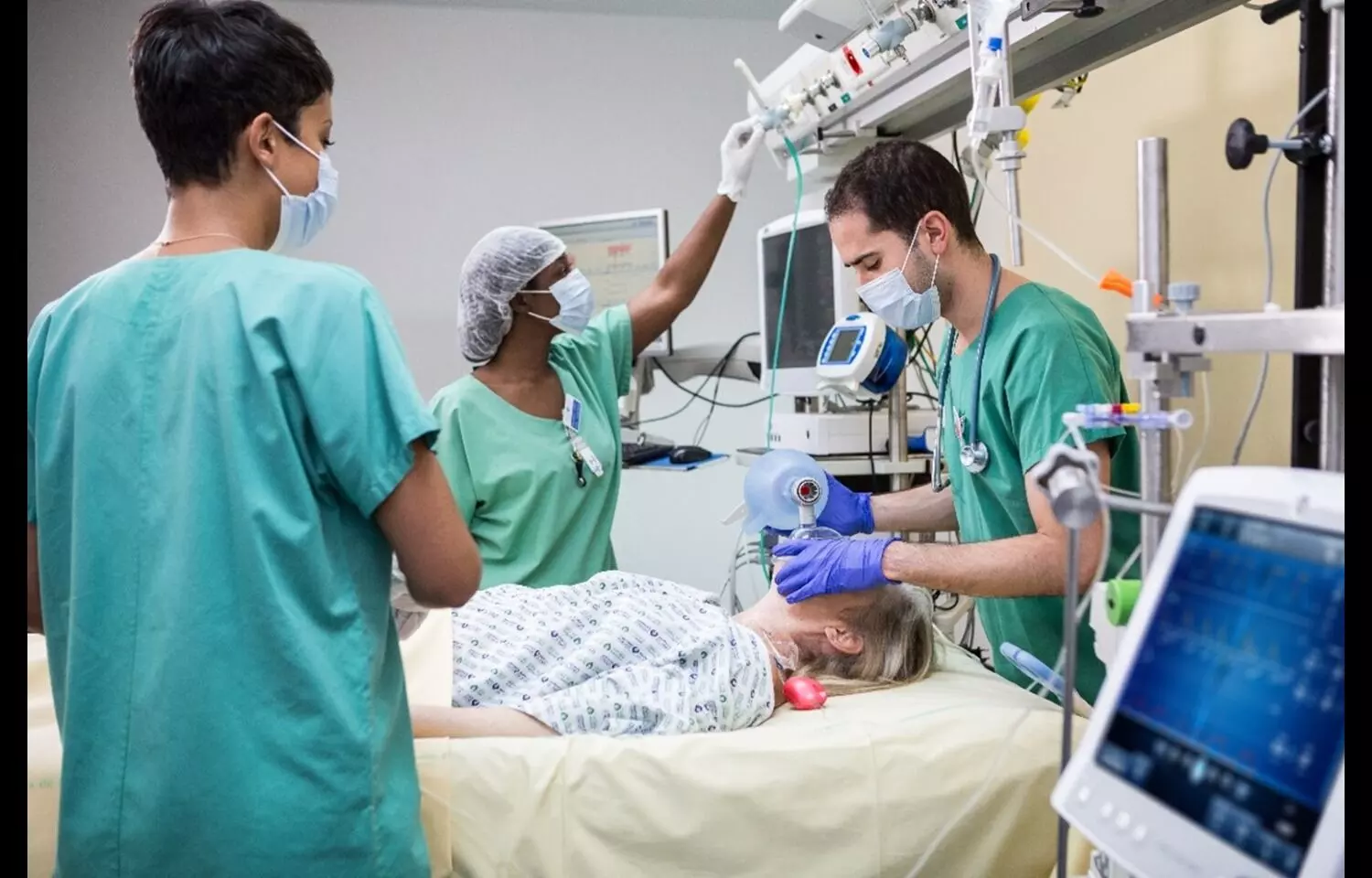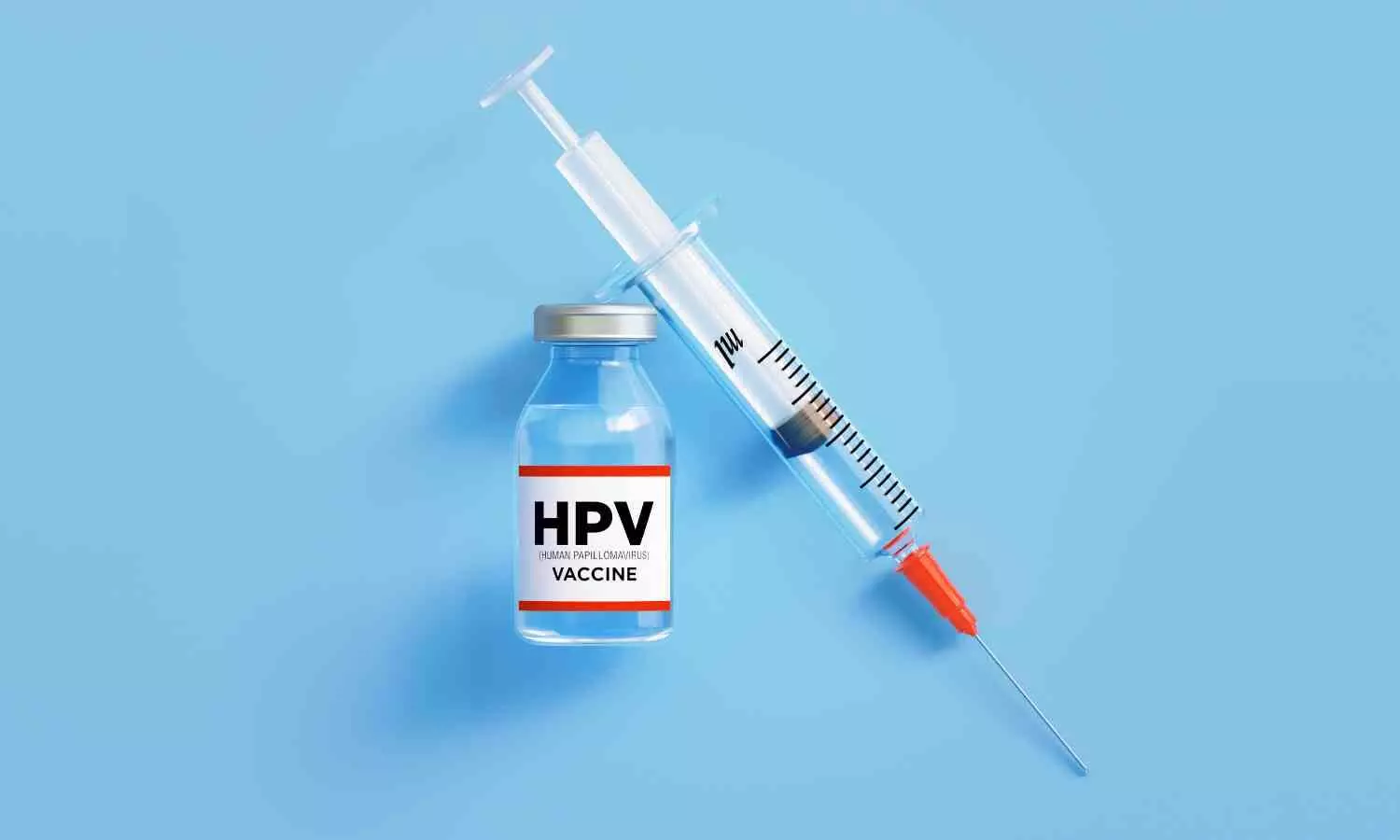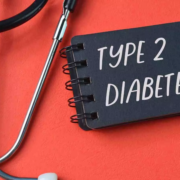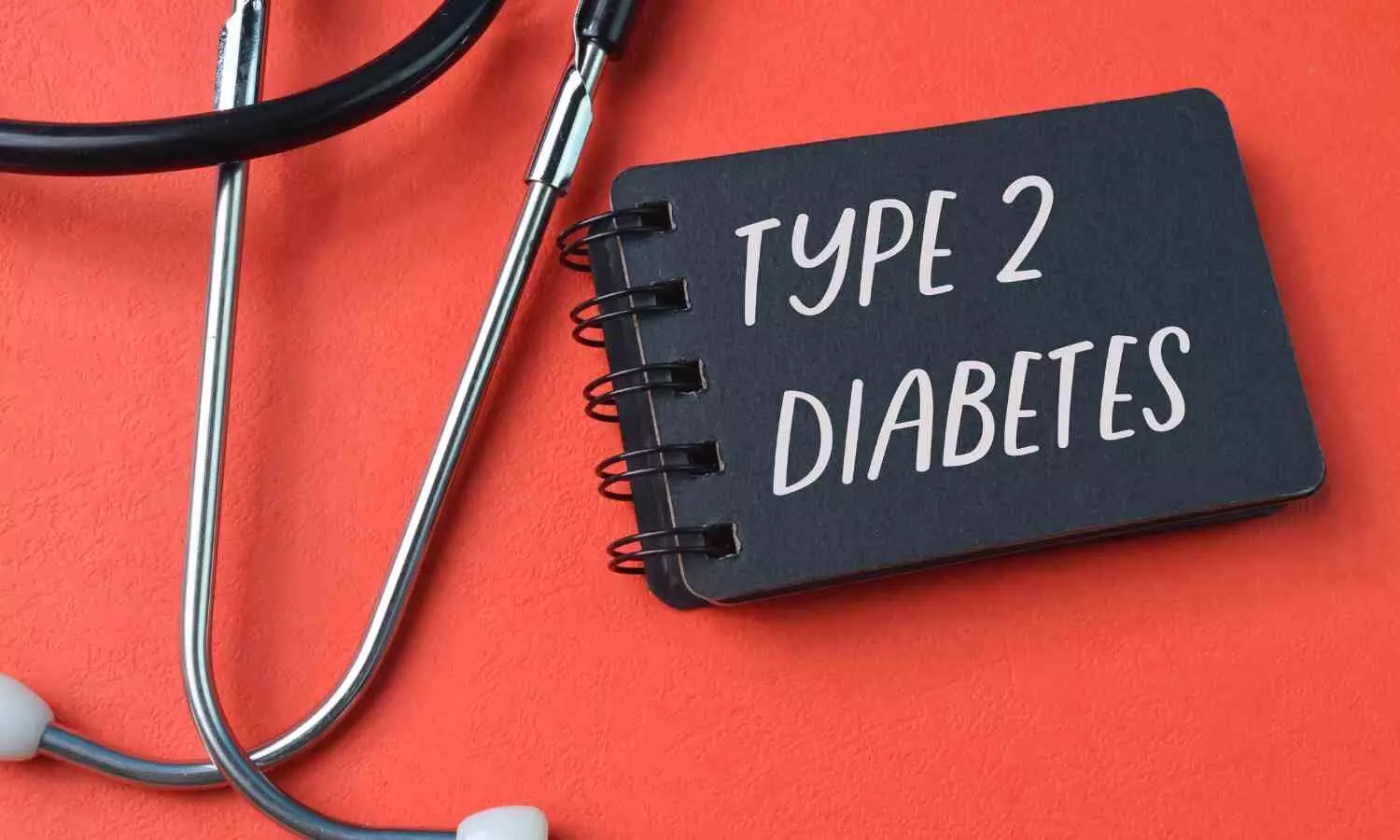Opportunistic chest X-rays effective in identifying bone loss risk: Study
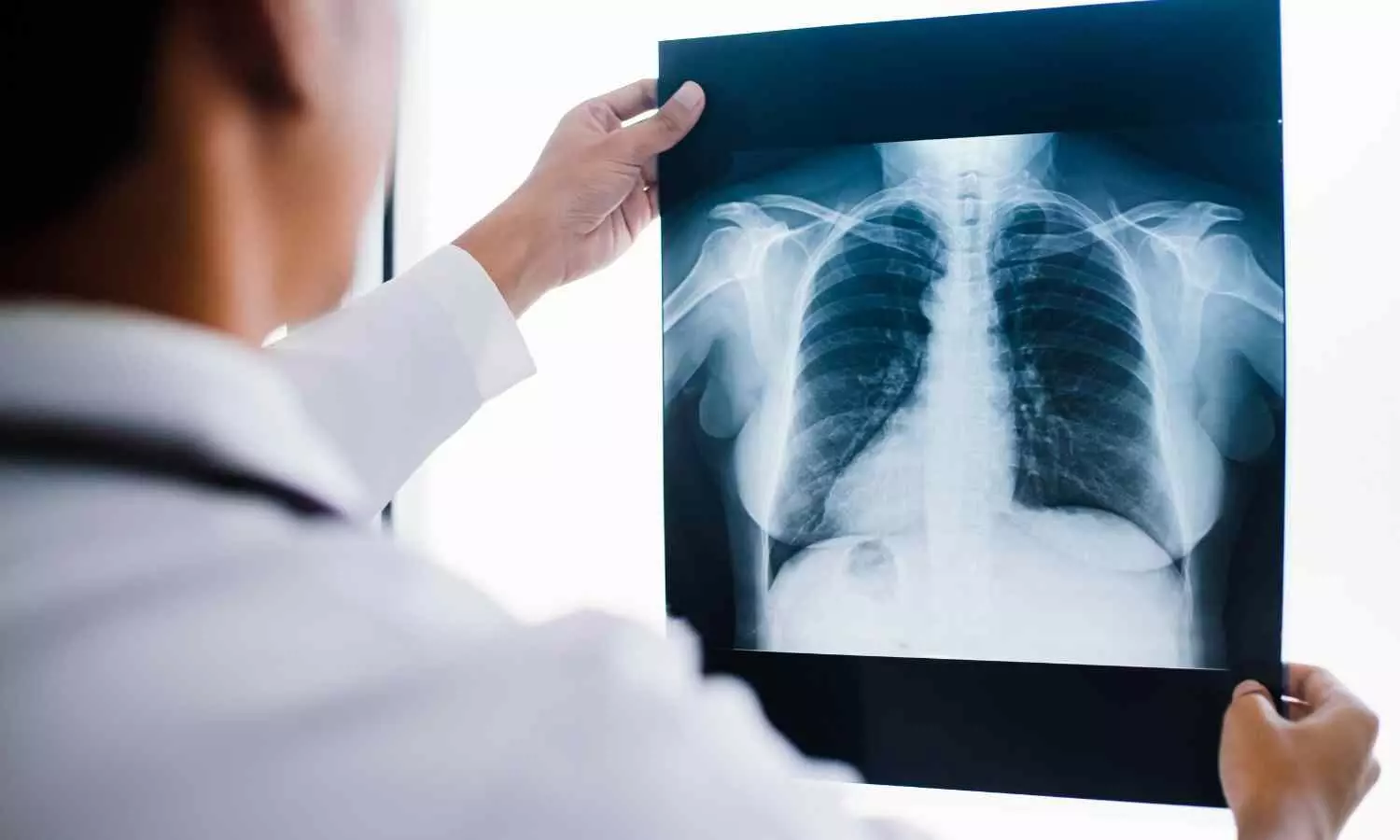
A new study published in the Journal of Primary Care & Community Health revealed that it may be possible to detect people at risk of bone loss outside of the conventional screening age range by using chest x-rays opportunistically.
The primary method of osteoporosis screening is dual-energy X-ray absorptiometry (DXA) scans, which measure bone mineral density. Typically, screening doesn’t begin until age 65. In primary care settings, where DXA may not be easily accessible, individuals with osteoporosis risk and symptoms of bone demineralization may be identified by the opportunistic use of chest X-rays taken for other purposes.
Between May 1, 2021, and May 31, 2021, this research performed a cross-sectional assessment of the electronic medical records of patients aged 50 to 65 who underwent a chest X-ray at the emergency room of a sizable Level 1 trauma center in an urban teaching hospital. Based on the X-ray data, they calculated the prevalence of “bone demineralization” and contrasted it with the results of a review by an impartial radiologist.
This research also looked into the clinical and demographic correlates of LBM and estimated the number of persons aged 50 to 65 who may be at risk for the disease using data from the 2020 US population census. This study analyzed 390 patient data, including 201 (51.5%) males and 189 (48.5%) females. A radiologist analysis showed 49 (12.6%) reports with a bone demineralization remark, when compared to 4 (1.0%) reports.
This study predicted that roughly 8.4 million persons in the US population aged 50 to 64 will have bone demineralization, based on a sex-adjusted prevalence of 13.1% (using the direct method, using the 2020 US population as benchmark). In women, LBM was linked to hypertension (OR = 2.41, 95% CI = 1.03-5.64).
Overall, using plain chest radiographs obtained for other causes might offer a way to identify people at risk at little or no additional expense to the patient, even if mass screening for osteoporosis or bone demineralization in all persons aged 50 to 65 is not currently advised.
Source:
Chinapuvvula, N. R., Hatley, M., Khan, R., Awiwi, M., des Bordes, J., & Rianon, N. (2025). Opportunistic use of chest X-ray for identifying older adults at risk of osteoporosis and not meeting criteria for screening. Journal of Primary Care & Community Health, 16(21501319251353372), 21501319251353372. https://doi.org/10.1177/21501319251353372
Powered by WPeMatico


